Wild cats are members of the Felidae cat family. They are found worldwide, including in Africa, Europe, Asia, North America, South America, and Central America.
Types of wild cats
Wild cats are big, medium, and small-sized cats that inhabit deserts, shrublands, grasslands, hills, wetlands, mountains, and many other environments. They belong to the Felidae family of cats, also known as Felids. Domestic cats are also members of this family.
The Felidae family has 14 genus and two subfamilies: Pantherinae and Felinae. A genus is a group with similar characteristics.
Lions, tigers, jaguars, leopards, snow leopards, clouded leopards, and Sunda clouded leopards belong to the Pantherinae subfamily, and the remaining medium and small wild cats belong to the Felinae family.
History
Cat-like animals appeared on this planet tens of millions of years ago. The wild cats we see today are believed to come from a common ancestor, Pseudaleurus, who lived in Asia around 11 million years ago. The cats eventually migrated from Asia to Africa, North America, Central America and South America when the sea levels dropped and land bridges emerged.
Felidae family lineages
Mapping the Felidae evolutionary track has been difficult, mostly due to a lack of fossils and the similarity between cats. Recent advancements in DNA testing and other tools have resulted in the organization of cats into eight family lineages: the Panthera Lineage, Bay Cat lineage, Caracal lineage, Ocelot, Lynx, Puma, Leopard cat, and Domestic Cat lineages. The oldest lineages are the Panthera, Bay Cat, and Caracal lineages. The remaining lineages evolved from ancestors who migrated to North America. Read more about lineages here.
Physical features
Wild cats have muscular bodies and fur that vary in thickness depending on where the cat lives.
Different species also have different fur colors, including white, beige, light brown and golden brown, orange-brown, reddish-brown, and black. The fur is often spotted, striped, or marked with rosettes (a rose-shaped patch of color).
The cats range in size from small (around 2-3 lbs.) to large (over 600 lbs.). Tigers are the biggest wild cats and the largest cats in the world. They can grow almost 12 feet long and weigh more than 660 lbs. Lions are the next biggest cat, followed by the jaguar, cougar, leopard, cheetah, and snow leopard. Some of the smallest wild cats are the rusty-spotted cat, the black-footed cat, and the sand cat.
Other characteristics include:
- Whiskers on their cheeks, above their eyes and muzzle – the protruding part of their face.
- Large eyes with excellent vision and a wide field of view.
- A tongue covered with a rough texture that makes it easier to groom and scrape meat from their prey.
- Five toes on their front feet and four on their back feet.
- The ability to lengthen or extend their claws (protractible claws). With some species, like the cheetah, the claws can be seen even when the cat is relaxed or resting.
- Like cats in general, most wild cats have around 30 teeth.
- Excellent night vision, sensitive ears, and an acute sense of smell.
Location
Some wild cats, such as the Eurasian wildcat, Iberian lynx, and Eurasian lynx, can still be found in Europe. Conservation work involving the Eurasian lynx has resulted in expanding populations in Scandinavia, Slovenia, Austria, northwestern Carpathian, Switzerland, and Poland.
Wild cats like the Asiatic lion, jungle cat, marbled cat, tiger, Asiatic golden cat, various species of leopard, flat-headed cat, leopard cat, rusty-spotted cat, sand cat, Bornean bay cat, and clouded leopard inhabit countries in Asia with tropical climates, while cats like the Pallas’s cat, snow leopard, Eurasian lynx, Chinese mountain cat, and Asiatic wildcat can be found in Asia’s northern regions.
Africa is home to the African lion, leopard, cheetah, caracal, serval, African golden cat, African wildcat, and black-footed cat.
In North America, you’ll see cougars, bobcats, the Canada lynx, and sometimes even a jaguar.
Central American wild cats include the jaguar, cougar, jaguarundi, margay, ocelot and northern tiger cat.
The jaguar also inhabits South America, along with the kodkod, jaguarundi, cougar, northern tiger cat, southern tiger cat, ocelot, Andean mountain cat, Geoffroy’s cat, margay, and pampas cat.
Behavior
All wild cats can growl, snarl, spit, mew, and hiss. Lions, leopards, tigers, and jaguars also roar, and snow leopards, clouded leopards, tigers, and jaguars snort. Smaller cats gurgle and wah-wah (a deep, short vocalization). Other vocalizations include squealing, chirping, clicking, grunting, and purring.
Excluding lions and cheetahs, wild cats usually lead a solitary life. Some are active during the day, while others are more active in the evening or at night.
They also roam in territories marked with their urine, feces, and claw marks.
Some wild cats, like the tiger and fishing cat, are excellent swimmers. Others, like leopards and margays, are known for their tree-climbing abilities.
The average lifespan of a wild cat is around 10 to 15 years. In captivity, they will usually live longer.
Food
Wild cats are carnivores, which means they get their energy and nutrition from animal meat, such as deer, rabbit, antelope, zebra, African buffalo, giraffe, boar, and primates. Some cats also eat reptiles, birds, and fish.
Wild Cats in Culture
Throughout history, wild cats have held a significant place in cultures worldwide. They appear in folklore, mythology, and religion, as well as various types of artifacts, paintings, books, poems, and music.
The oldest paintings of lions were discovered in the Chauvet Cave (southern France), dating back 36,000 years. Sculptures of lions have been around since the beginning of civilization. You can also find lion statues in many middle-eastern cultures, like the Lion Gate of ancient Mycenae (Greece).
In more modern times, lions and other wild cats have become icons like the Cowardly Lion from The Wonderful Wizard of Oz; Tigger from Winnie the Pooh; Shere Khan from The Jungle Book; Elsa, the lioness from Born Free and Aslan from The Lion, the Witch and the Wardrobe.
Other famous wild cats include Hobbes, Calvin’s best friend in the comic strip Calvin and Hobbes, Daniel the Striped Tiger from Mister Rogers’ Neighborhood, and Bubsy the Bobcat from the Bubsy video games.
Wild cats have even become commercial mascots, like Tony the Tiger (Frosted Flakes), Chester Cheetah (Cheetos), and Leo (Metro Goldwyn Mayer).
Wild cat conservation
The International Union for the Conservation of Nature (IUCN) has assigned different wild cat species a conservation status. Many wild cats are Near Threatened, Vulnerable, Endangered or Critically Endangered.
A Near Threatened species could become Vulnerable or Endangered in the future. Vulnerable means “facing a high risk of extinction in the wild.” A wild cat species that is Endangered is likely to become extinct in the future.
Wild cat populations are in crisis worldwide due to habitat loss (deforestation), the illegal wildlife trade, loss of prey and even human-wildlife conflict. Read more about wild cat conservation.

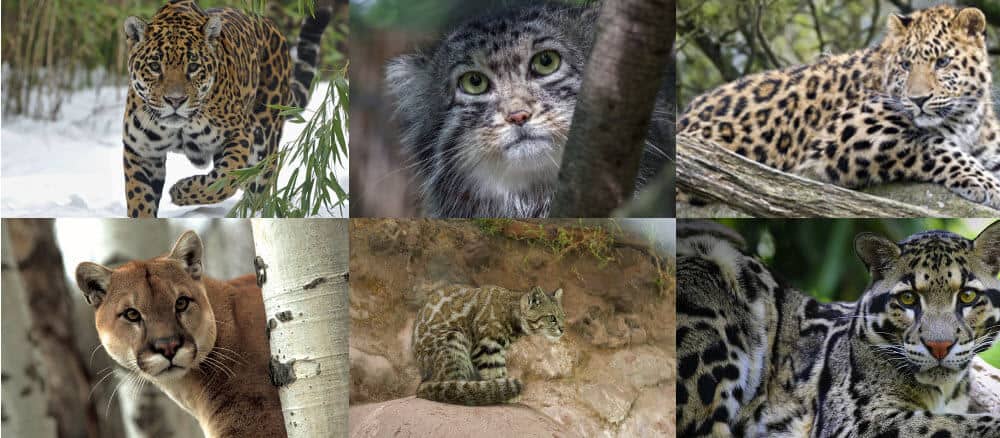
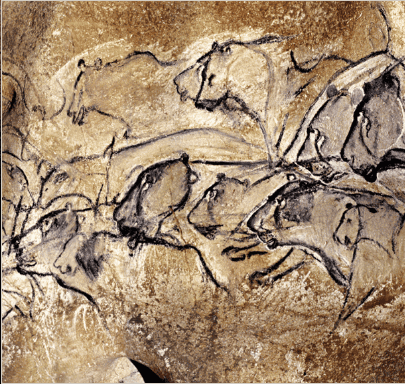
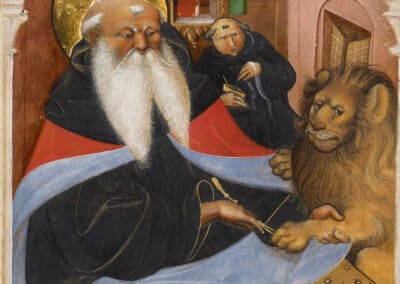
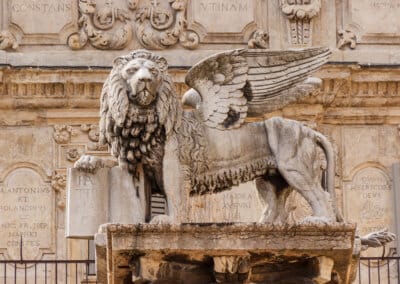
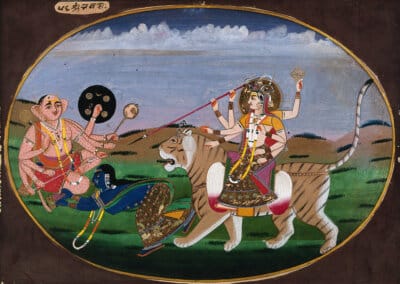
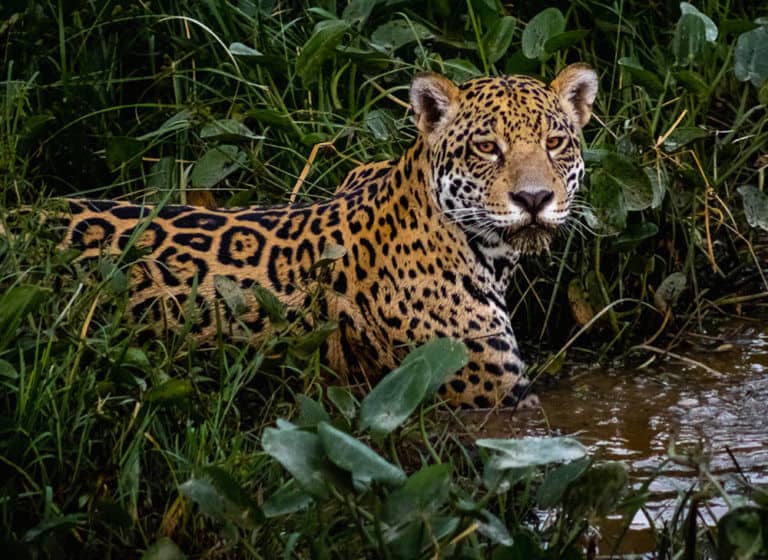
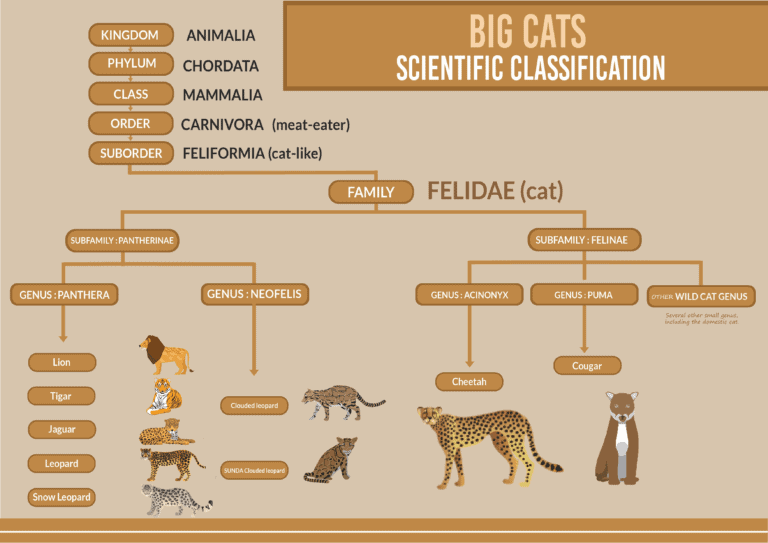
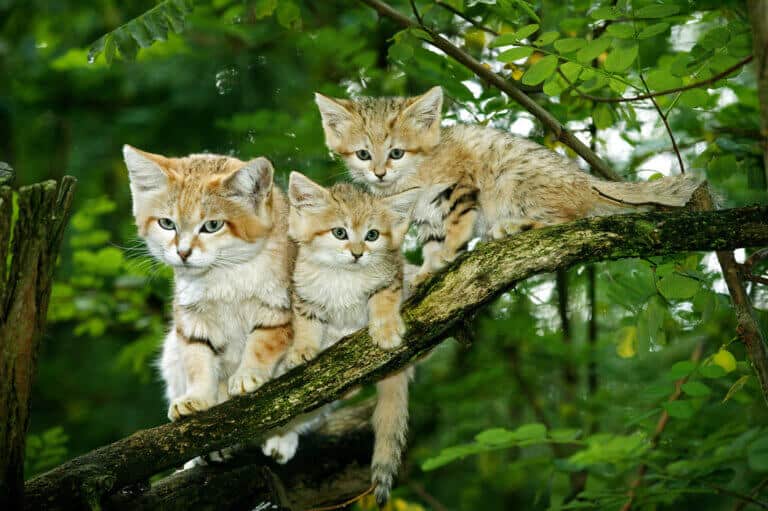
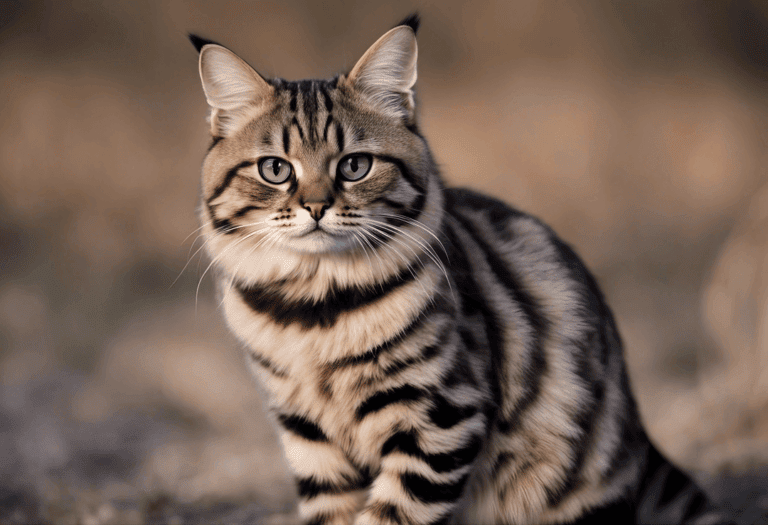

I love WILDCAT of the World
Hi Gabriella,
There is a list of big cat species and subspecies at https://bigcatswildcats.com/list-of-big-cats and a list of small wild cat species at https://bigcatswildcats.com/small-wild-cats-list.
Best,
D.R.
how many cat breeds are there?
Hi Richard,
Taking care of a big cat isn’t easy. At some point, It would be a good idea to spend some time as a volunteer at a wild cat sanctuary so you understand more about their needs.
Best,
D.R.
I love wild cats and will one day get one for my family because my wife likes wild cats
lol It looks awsome I love cats and wild cat!